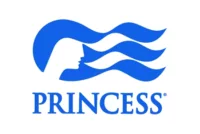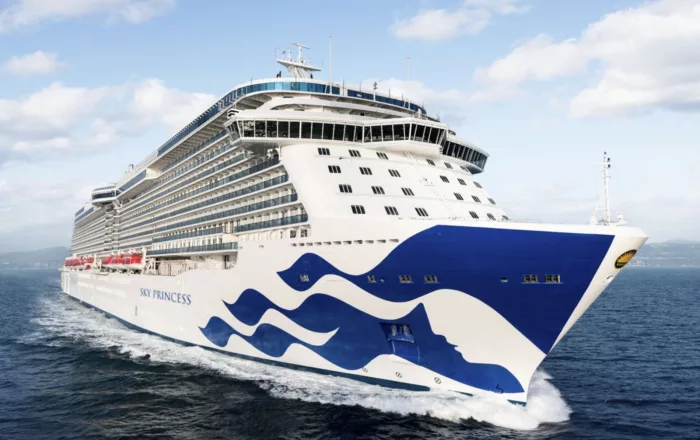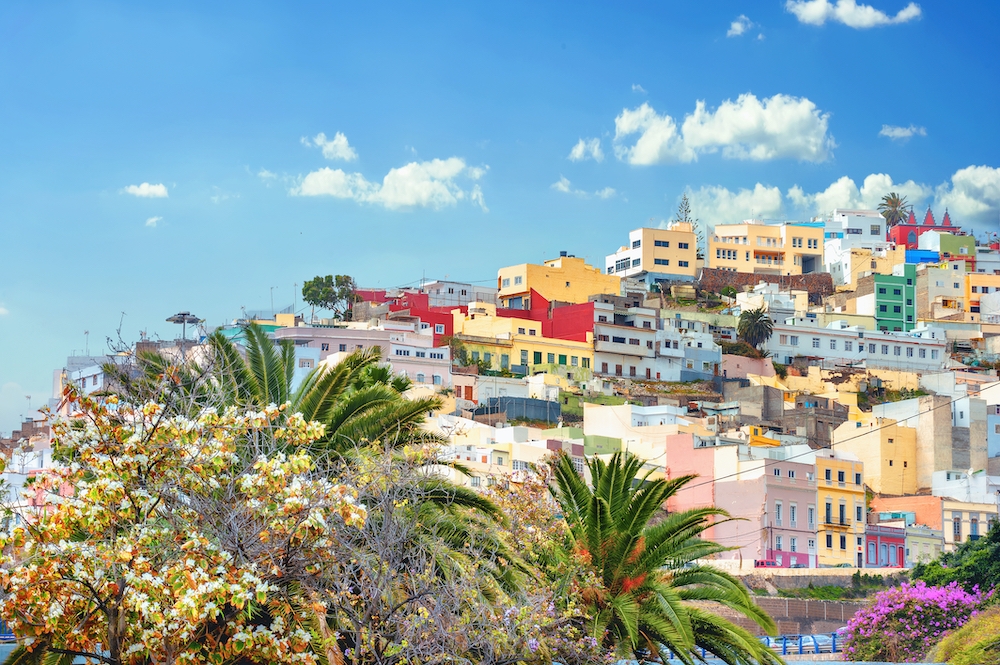
Princess Cruises
Credited with introducing millions of Americans to the concept of a modern cruise holiday, Princess Cruises is still innovating to this day.
Sporting a fleet of 17 ships with capacities ranging from 2,000 to 4,300 passengers, the line is best known for its Alaskan cruises, but travels to destinations the world over.
With an emphasis on destination leadership and local expertise, Princess is an excellent choice for the discerning traveller seeking to sail in comfort.
3660
Passengers
1346
Crew
2021
Launched
145281t
Tonnage
330m
Length
47m
Width
23kts
Speed
15
Decks
USD
Currency
Cruise Itinerary
Day 1
Fort Lauderdale, Florida, United States
Day 2
Princess Cays, Bahamas
Wheelchair Access Limited
Day 3
At Sea
Relax and make the most of the myriad of facilities available on board the ship, from fantastic entertainment to delicious and diverse dining options.
Day 4
Saint Thomas, U.S. Virgin Islands
Day 5
Sint Maarten, Sint Maarten (Dutch part)
Day 6
Saint John's, Antigua and Barbuda
Day 7
Saint Kitts, Saint Kitts and Nevis
Day 8
Tortola, British Virgin Islands
Days 9 - 10
At Sea
Relax and make the most of the myriad of facilities available on board the ship, from fantastic entertainment to delicious and diverse dining options.
Day 11
Fort Lauderdale, Florida, United States

Day 1
Fort Lauderdale, Florida, United States

Day 2
Princess Cays, Bahamas

Day 3
At Sea

Day 4
Saint Thomas, U.S. Virgin Islands

Day 5
Sint Maarten, Sint Maarten (Dutch part)

Day 6
Saint John's, Antigua and Barbuda

Day 7
Saint Kitts, Saint Kitts and Nevis

Day 8
Tortola, British Virgin Islands

Days 9 - 10
At Sea

Day 11
Fort Lauderdale, Florida, United States
Ship Details


Princess Cruises
Enchanted Princess
An extraordinary new cruise experience.
Enchanted Princess℠, the fifth in line of our Royal-class ships, shares all of their spectacular style and luxury, and introduces new attractions all her own.
Cabins
All Prices





















